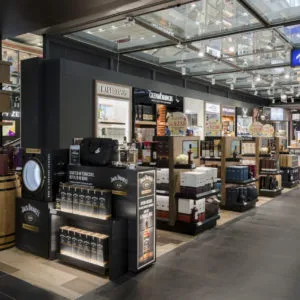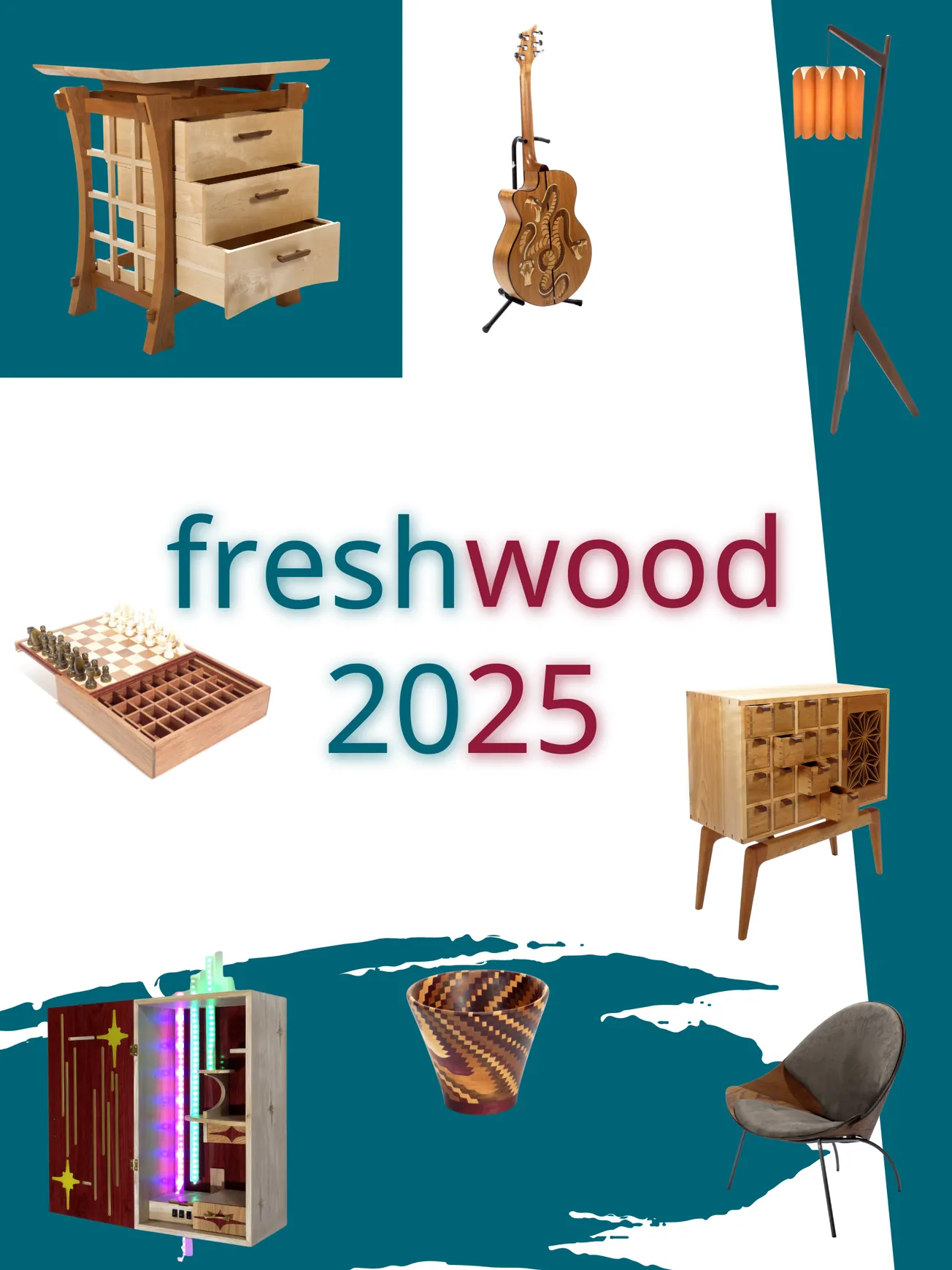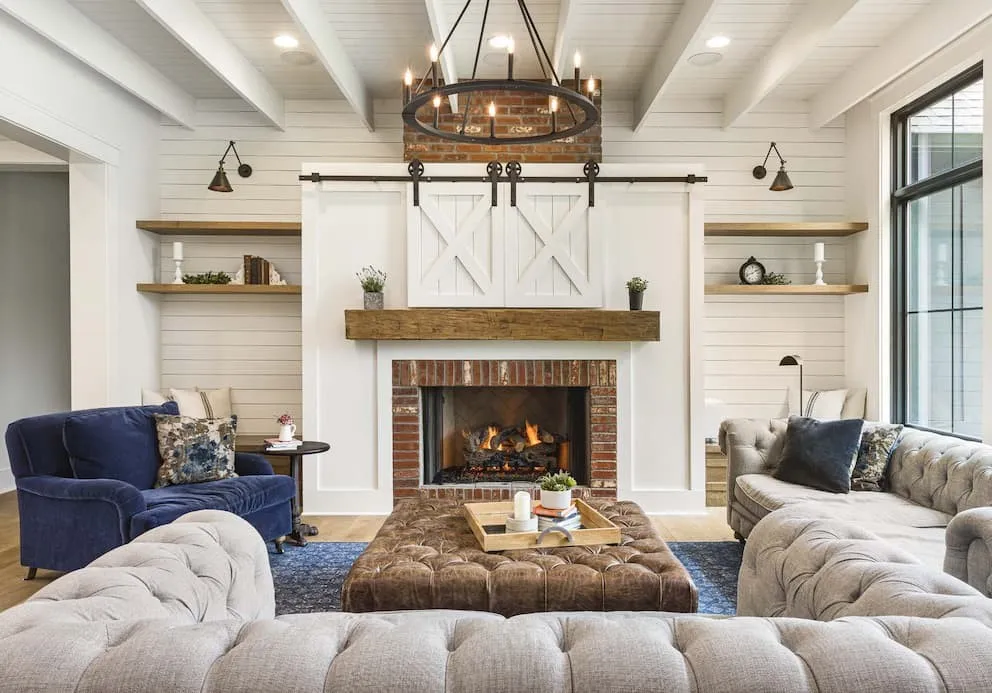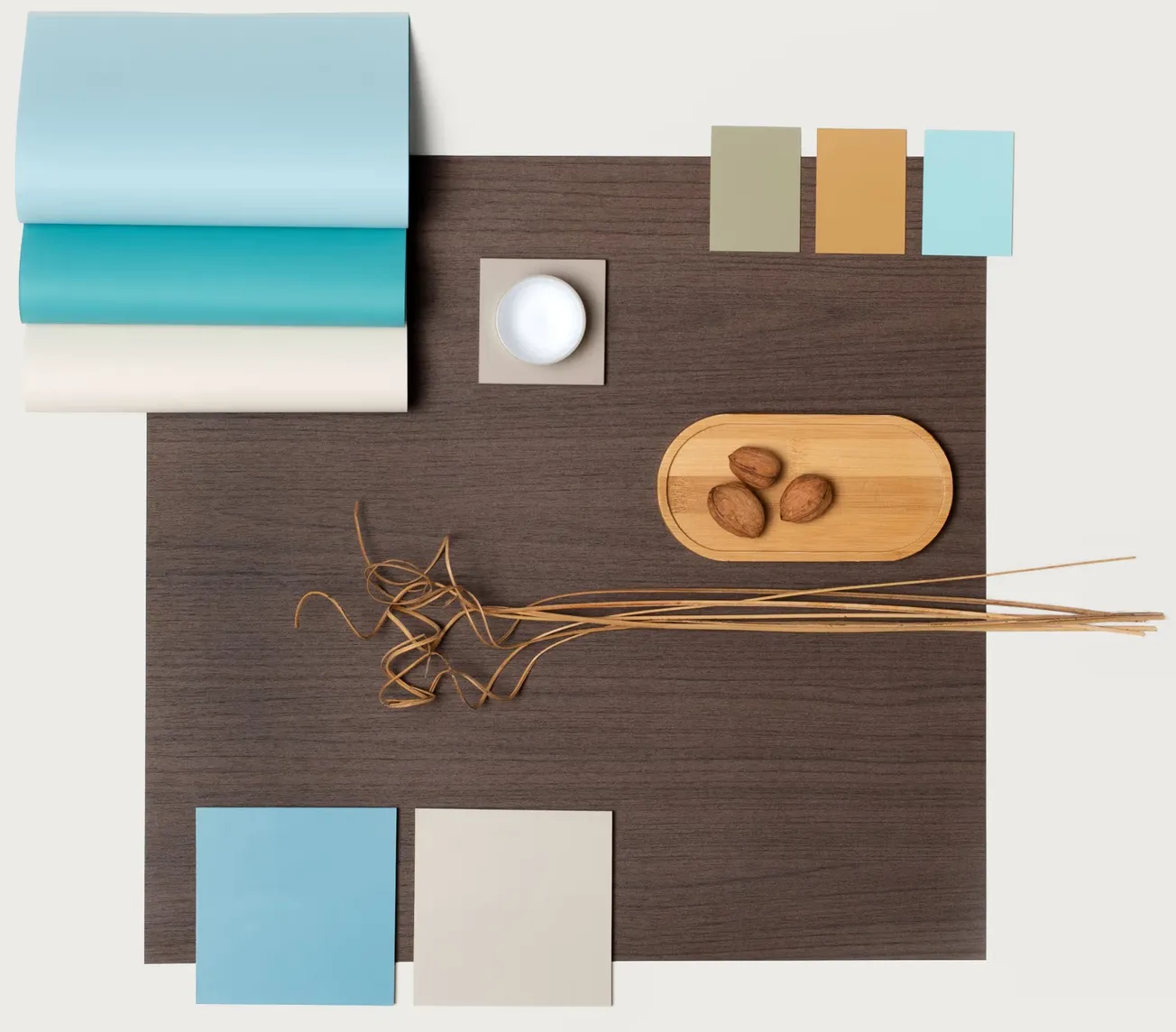Table of Contents
Compelling, meaningful experiences supported by right materials
While much of today’s retail world scrambles to attract walk-in customers in the face of online competition, stores based in airports and other travel hubs have a built-in advantage.

“Having a captive audience is unique to travel retail and can be a benefit,” said Kevin Horn, a vice president at CallisonRTKL who specializes in designing retail projects. CallisonRTKL is a global architecture, planning and design firm with 20 offices around the world.
That doesn’t mean, however, that travel retailers can be complacent and expect lingering travelers to automatically flow into their stores and open their purses and wallets. Airports continue to develop better amenities and offerings that compete with shops for travelers’ time and attention, Horn said.
That competition includes better lounges, upscale food and beverage offerings, health and wellness options and even cultural exhibits and galleries.

“Retail stores will have to find even more compelling and meaningful ways to stay competitive,” said Horn, who leads the retail interiors sector of his firm’s Los Angeles environments studio.

As they always have, the right materials play a key role in making airport shops attractive, alluring and functional, and durable decorative surfaces such as high pressure laminate often fit the bill, Horn noted.
On average, travelers today have more time to spend in airports than in the past, Horn said. Retailers that offer shoppers innovative ways to engage with their merchandise mix will be more successful, as will stores with unique amenities associated with their goods.
“Consider liquor shops with interactive digital kiosks where shoppers spend their time learning about different types if whiskey before their flight. Or perfume bars where customers can try on different scents and create their own custom fragrance,” Horn said. “Or beauty stores with lounges where customers can get a facial during layover.

“Those are all examples of offerings that engage shoppers at a more meaningful level.”
The number of travelers and miles traveled continue to grow around the globe, and the emergence of millennials as a primary subset of travelers is a big reason. Millennials are looking for and place value in authentic and unique cultural experiences, Horn said, and they travel to find them.
“Travel retailers are responding with merchandise that is locally specific, locally made and reflects a unique sense of place. They are giving millennials the opportunity to purchase something that has both personal meaning and would be difficult to find elsewhere in the world.”
Among the tools that retailers use to expose travelers to their brands are pop-up stores, which typically are short-term locations that often feature opportunities for shoppers to interact with products and create Instagrammable moments.
“Pop-up merchandising is a good way for brands to introduce new products to a large volume of shoppers,” Horn said. “Travel retailers also use these opportunities to showcase merchandise that is only available for a limited time, which creates a sense of exclusivity.”
Immersive experiences and social media, such as Instagram, are key elements of cutting-edge retail today, and travel retail is no exception.
“Travel retailers are continually looking for ways to create a more immersive and engaging customer experience,” he said.

For example, at the Duty Zero shop in the Hong Kong International Airport, which CallisonRTKL designed, digital tables allow shoppers to explore different vintages of wines and learn about the regions and vineyards where they are produced. Also, mixologists are on hand to show shoppers how to mix cocktails and experiment with spirits.
In addition to trying out makeup at the duty-free cosmetics counters at South Korea’s Incheon International Airport, shoppers at the CallisonRTKL-designed Beauty Bar can use a virtual digital mirror to “try on” a range of lipsticks, eyeliners and foundations.
“These types of experiences fit well with an audience looking to fill their time after they’ve cleared security but are waiting to board a flight,” Horn said.
When it comes to materials, travel store designers have much to think about, but among the primary considerations are durability, cost, short lead times and restrictive fire codes, Horn explained. Wood is problematic because of fire codes, and stone can be difficult because of long lead times or weight issues, he said.
“High pressure laminate or similar products that simulate these materials provide an effective alternative,” Horn said. “Airport environments are filled with people pulling bags in confined spaces. Materials need to be durable and easy to maintain. HPL meets all of these criteria.”
At the Duty Zero shop in Hong Kong, for example, CallisonRTKl specified HPL from Lab Designs, based in North Carolina, for wall panels behind a vertical wine display and for display cases and a cash wrap. HPL and Veneer Art from Laminart, a Wilsonart company, also were used for wall panels and display and storage cases.







